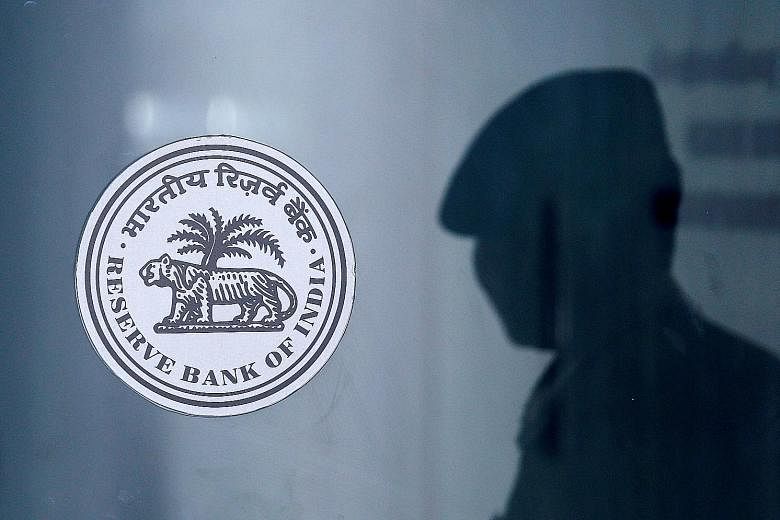The Indian government gifted a life jacket to the economy on Christmas Eve.
It involved amending the new bankruptcy code to shield buyers of companies from criminal proceedings against offences committed by the previous owners.
"The amendment will remove certain ambiguities," the Cabinet said last Tuesday.
The amendment is the latest in a spurt of changes to the new bankruptcy policy that overhauls the country's century-old messy one, to make debt recovery as painless as possible.
"Earlier, the insolvency landscape was highly fragmented with multiple overlapping laws... as well as non-statutory schemes that were implemented in different fora without any coordination among them. The outcome was poor, costly and uncertain," said Dr M. S. Sahoo, chairman of the Insolvency and Bankruptcy Board of India, which was established to implement the new policy.
Until 2015, when a company owner went bankrupt, lenders had little option but to write off their dues.
Insolvency resolution in India used to take 4.3 years on average, longer than most countries: Britain takes one year, the US 1½years.
A new Insolvency and Bankruptcy Code instituted in 2016 provides a time-bound (330 days) resolution that balances the interests of all stakeholders through debt recovery tribunals and licensed insolvency professionals.
The code applies to individuals and companies.
-
INDIA'S NEW INSOLVENCY AND BANKRUPTCY CODE (IBC)
-
• Addresses corporate and individual bankruptcy
• A 330-day timeline
• Debt Recovery Tribunals and licensed insolvency professionals will implement code
• Secured creditors and employees prioritised over government dues
• Mergers and acquisitions are part of bankruptcy resolution
• IBC rescue plans are binding on local, state, central governments
If assets are liquidated, the proceeds are distributed first to secured creditors and employees. Lower priority is given to government dues and equity shareholders.
The new code "means ease of doing business", redefines debtor-creditor relationship, and "promotes entrepreneurship", said Dr Sahoo.
The 2016 change appears to have worked, with the Reserve Bank of India noting that cases referred to the bankruptcy process grew by 27 per cent this financial year.
Stressed assets involved in the recovery process also tripled in value, from 2.7 trillion rupees (S$51 billion) last year, to around 8.15 trillion rupees this year.
India's Ministry of Corporate Affairs said the recovery rate jumped from 26.5 per cent in FY18 to 71.6 per cent in FY19. The average time taken is now 1.6 years.
The code has resolved 167 cases amounting to 3.68 trillion rupees in three years up to last month, with 81 done this year.
Ms Aishwarya Satija, a research fellow at the Vidhi Centre for Legal Policy, noted: "The timely enactment of the code... indicates that the policy goal was to establish a framework to effectively tackle the high number of non-performing assets in the country."
India's banks, burdened with US$130 billion (S$175.4 billion) in bad loans, will get a windfall of US$7.6 billion earnings this month from a sudden progress in insolvency proceedings especially against four of 12 big defaulters - "the dirty dozen" - Essar Steel India, Prayagraj Power Generation, Ruchi Soya Industries and RattanIndia Power.
Government amendments have fixed gaps as they emerge. For example, as previous owners held up proceedings by challenging decisions in higher courts, an amendment ensured automatic liquidation on the 331st day.
It also barred errant former owners from buying their company back.
The most recent change gives immunity from prosecution to an insolvent company for offences committed by the previous promoter before the insolvency process.
There is more to be done. Ms Satija noted: "Economic slowdowns and crises in other countries have already brought out the importance of effective personal insolvency laws."
But "in the last three years since the enactment of the code, personal insolvency laws have not yet been fully operationalised".
The redefined code, while still evolving, has helped India fly from 137th in the World Bank's Resolving Insolvency index to 52nd.

